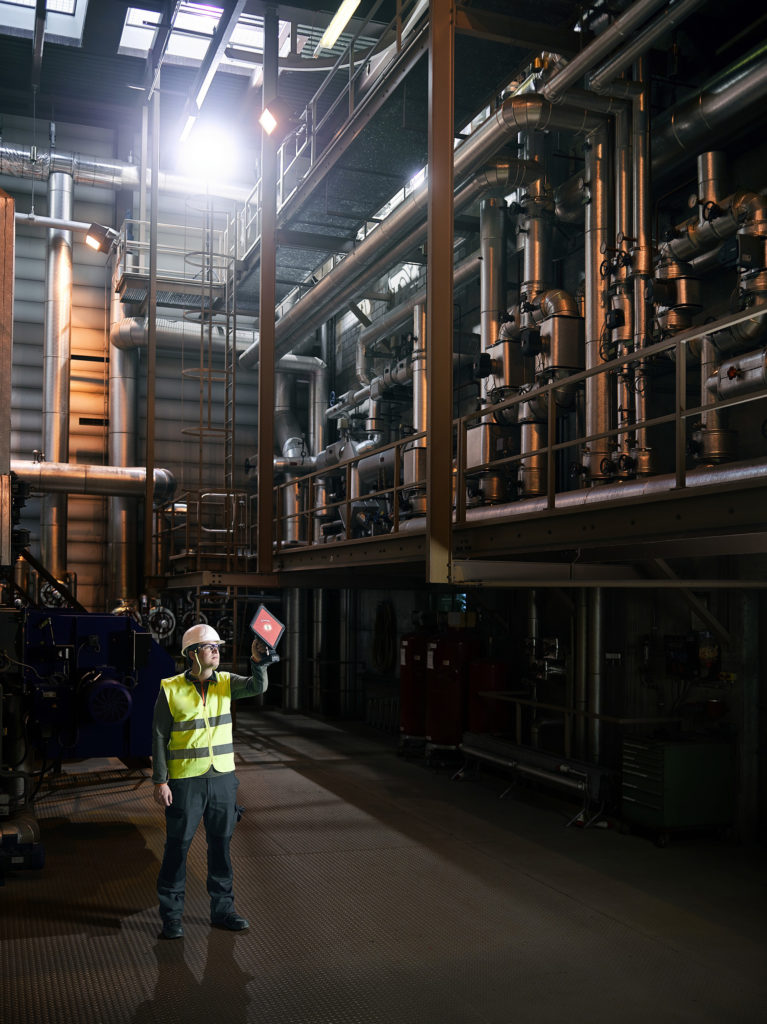When scientists Joël Busset and Florian Perrodin, of the Federal Institute of Technology in Zurich, presented their invention in 2013, it was a world first: the camera could see things that even the best telephoto lens cannot make out. This was because their device does not simply work with light waves, like an optical camera, but also analyses ultrasound waves. In fact, the surface of this innovative acoustic imaging system is composed of 124 microphones.
Since that first presentation, Distran’s ultrasound camera has been used in all sorts of places. Oil and gas companies such as Shell and TotalEnergies use it to quickly detect gas leaks in refineries. The camera detects gas flows regardless of the material composition, so it can also detect air turbulence – compressed air escaping from a leaking tank in a power plant, for example. The device can be used for quality assurance too, such as testing the integrity of the vacuum bags used in composite manufacturing.
The special cameras are manufactured in Distran’s Swiss headquarters, and several hundred of them are already deployed in countries all around the world. And even further afield than that: an ultrasound camera is used to monitor the tightness of the pressure chamber on the International Space Station. The camera offers economic benefits to users because it spares them the financial consequences of gas leaks. And it also benefits the environment: it is estimated that, by 2026, Distran AG will have saved more than 100 million tonnes of CO2 equivalent – the same volume as the greenhouse gases emitted by around 20 million cars annually.
Distran AG now has a staff of over 50 people. While the company already has to contend with copycats of its patent-protected technology, it is also forging ahead with new innovations – in 2024, the handheld camera was joined by a fixed mounted model, enabling permanent monitoring for production facilities.

Distran AG